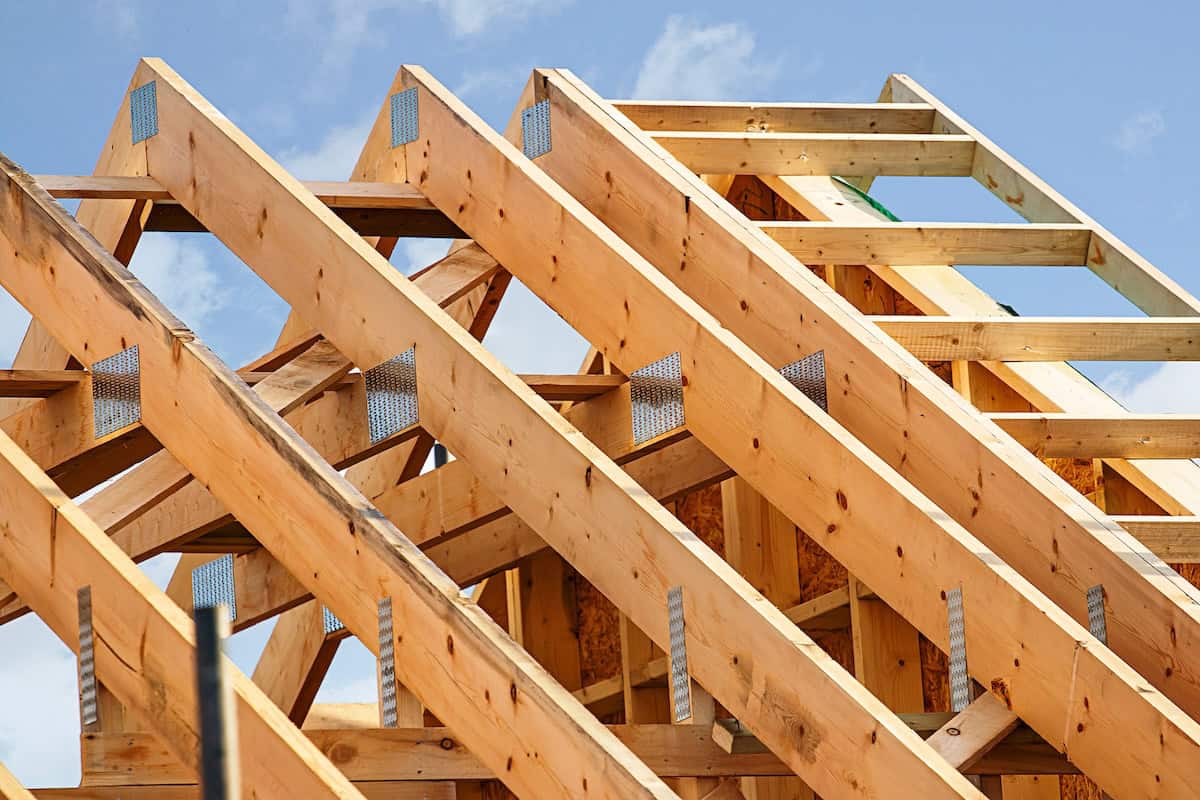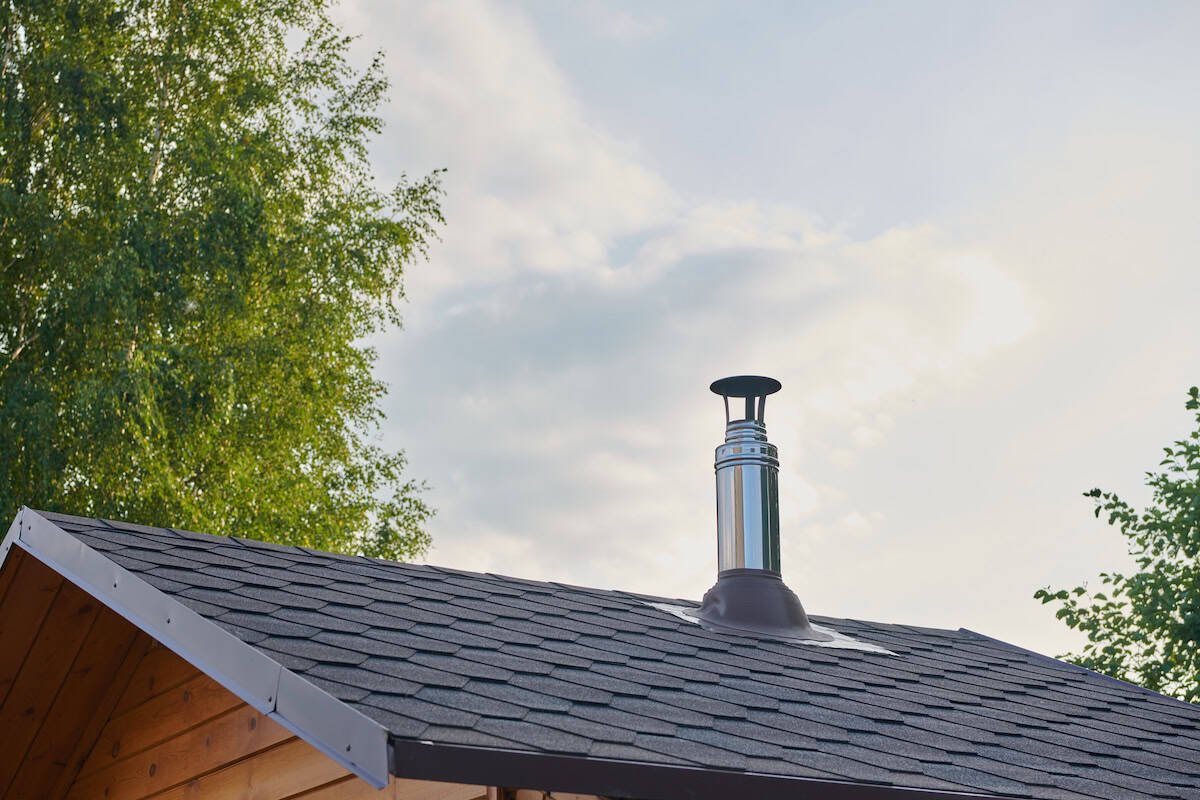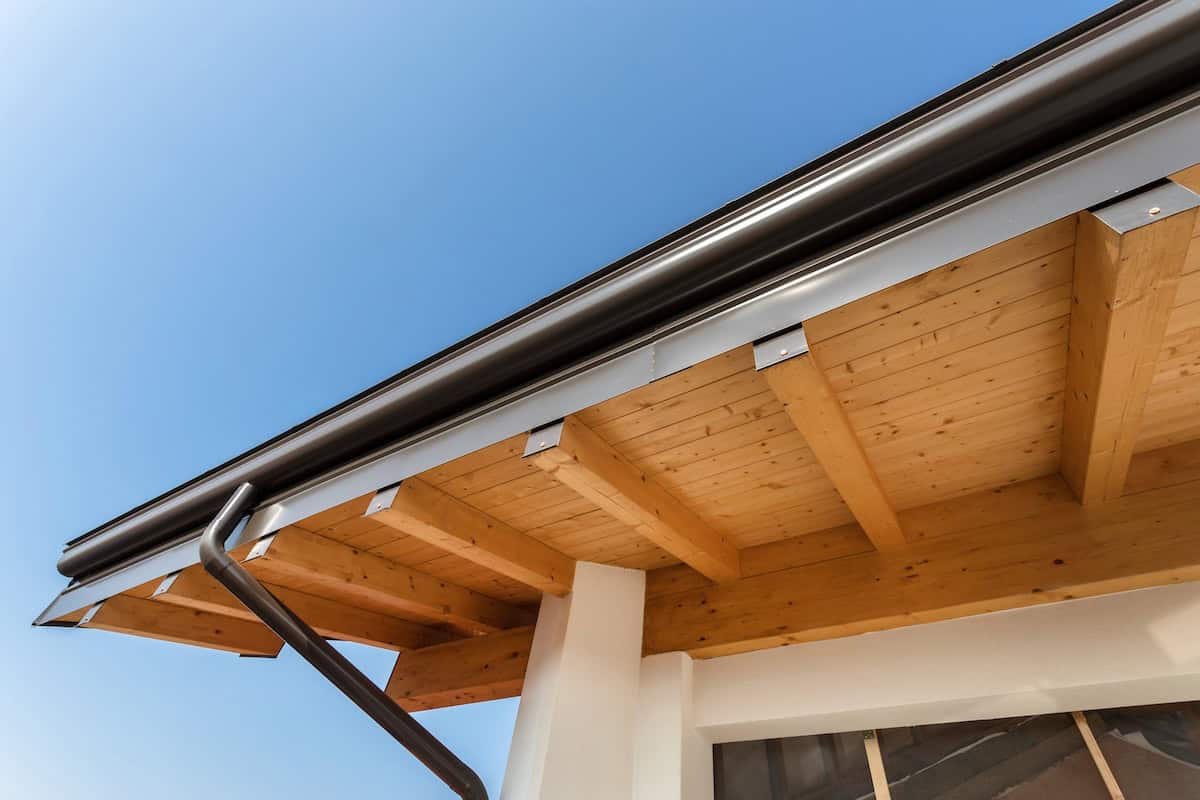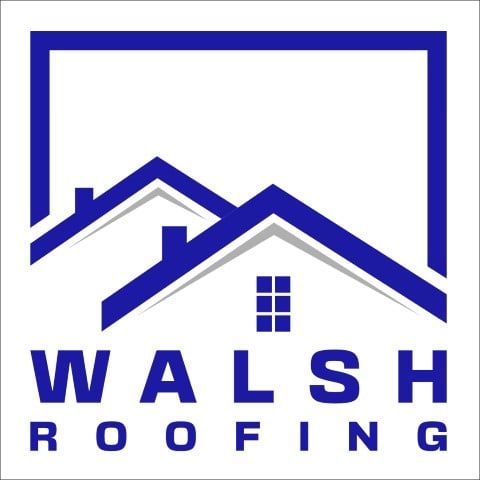The parts of a roof are more than just shingles and tar paper; they create an intricate system that protects your home from the elements while also contributing to its structural integrity. Understanding your roof structure not only helps you identify potential issues but also enables you to make informed decisions should you need a roof repair or roof replacement.
Whether you’re building a new home, considering a repair, or simply curious about what keeps everything above your head in place, this guide will walk you through the main components of a roof and their functions. Here’s what we’ll cover in this post:
- The key elements that make up the roof frame and structure
- The role of vents, flashing, and underlayment in roof performance
- Why understanding these components is critical for effective maintenance
🏠 The Anatomy of a Roof
The roof structure is a complex combination of layers, each serving a distinct purpose to safeguard your home. Here’s an overview of some of the most important roof components.
Roof Frame and Structure
The roof frame forms the skeleton of your roof, providing the necessary support for all the other components. It’s crucial for the roof to have proper framing to handle weight distribution and withstand weather conditions.

Common Roof Frame Types
- Gable Roof Frame: This classic triangular shape is strong, simple, and works well for most homes.
- Hip Roof Frame: With slopes on all four sides, this design is ideal for high-wind areas and provides excellent stability.
- Flat Roof Frame: Although not entirely flat, these types of roofs often have a slight pitch and are commonly utilized for modern homes or commercial buildings.
Roof Decking (Sheathing)
Decking, also known as sheathing, is the flat surface installed over the roof frame. Typically made of plywood or oriented strand board (OSB), decking acts as the base that supports the other layers of your roof, such as the underlayment and shingles.
Underlayment
Under the visible shingles lies the underlayment, an unsung hero of your roof structure. It’s often a waterproof or water-resistant layer that provides an extra barrier against leaks and helps protect your home from moisture seeping through the decking.
Common types of underlayment include:
- Asphalt-Saturated Felt
- Rubberized Asphalt
- Synthetic Underlayment
Flashing
Flashing consists of metal strips strategically placed in vulnerable areas such as chimneys, valleys, and roof edges. Its primary function is to redirect water away from joints, preventing pooling and leaks. A quality flashing system is critical for avoiding costly roof repairs.
Shingles and Tiles
Shingles are the most visible part of the roofing system and provide the first line of defense against weather. Available in materials like asphalt, wood, slate, and metal, shingles also add to the aesthetic appeal of your home. Certain homes utilize tiles instead of shingles, especially in regions with specific architectural styles or climates.
Attic Vents
Roof vents are essential for regulating air circulation within your attic space and the rest of your home. Proper ventilation prevents moisture buildup, reduces the risk of mold, and ensures your home’s energy efficiency.

Types of vents include:
- Ridge Vents at the top of the roof for natural ventilation.
- Soffit Vents under the eaves that allow cooler air to enter.
- Gable Vents on the side walls of the attic for added airflow.
Gutters and Downspouts
While technically not part of the roof, gutters and downspouts are inseparable from a functional roofing system. These components direct rainwater away from your roof and foundation, preventing water damage and soil erosion.
🛠️ Maintenance Tips for Each Roof Component
Understanding the role of each roof component can help you maintain its performance over time. Follow these tips for optimal upkeep and to ensure a long-lasting roof.
Regular Inspections
Inspect your roof at least twice a year, especially after severe weather like heavy rain, hail, or storms. Pay close attention to any damage to shingles, flashing, or vents, as these are common problem areas.
Clear Debris from Gutters and Vents
Debris buildup in your gutters or vents can obstruct airflow or lead to water pooling, which could weaken your roof’s structural integrity. Clean these areas regularly to keep them functioning efficiently.
Monitor Attic Ventilation
Check that your vents are clear of obstructions and that your attic has proper insulation. A well-ventilated attic not only extends the life of your roof but also improves your home’s energy efficiency.
✅ The Roof System in Action

Top 5 Essential Steps for Prolonging Your Roof’s Life
- Seal Vulnerable Areas with Flashing: Flashing plays a vital role in keeping your roof leak-free. Regularly check and replace damaged flashing as necessary.
- Reinforce the Underlayment: If shingles are being replaced, it’s wise to inspect and upgrade the underlayment for better moisture resistance.
- Conduct Professional Roof Repairs Promptly: Delaying minor roof repairs can lead to bigger problems down the road. Contact experts quickly to address small issues.
- Replace Missing Shingles or Tiles: Missing or loose shingles can compromise the entire roof structure. Replace them as soon as they’re noticed.
- Keep Gutters Clean and Functional: An efficient drainage system prevents water from pooling near the roofline or base of the home.
👍 Why Trust Walsh Roofing for Your Roof Repairs and Replacements?
A well-maintained roof is essential for the safety and longevity of your home. At Walsh Roofing, we understand that choosing the right roofing contractor is a big decision. With years of hands-on experience and a dedication to top-notch service, we are committed to protecting your home with expert craftsmanship.
When you choose Walsh Roofing, you’re not just getting a repair or replacement; you’re gaining a partner who will stand by you for the life of your roof. From small repairs to full roof replacements, our team is equipped to handle it all, ensuring your home remains secure and beautiful.
Contact Walsh Roofing today and experience the difference of working with trusted professionals.

